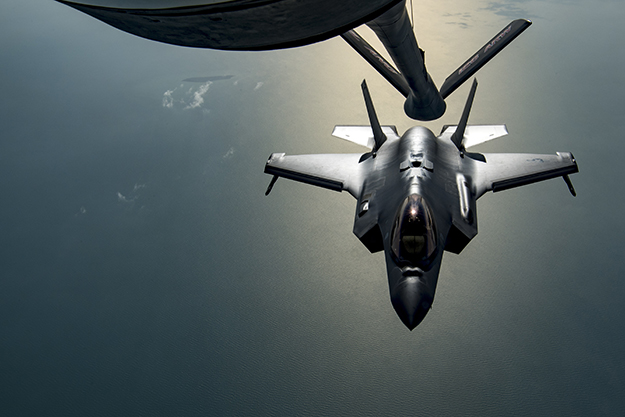As the Office of Special Investigations safeguards the Department of the Air Force, they are confronting a surge in incidents involving laser pointers, which pose significant threats to Air Force aircraft, especially at night.
These seemingly harmless beams, often used for classroom presentations or amusing a house cat, can also disrupt flight operations and create challenges for pilots.
"We refer to these as lazing incidents. It's crucial for the public to understand that aiming a laser pointer at an aircraft is not only dangerous but a felony," said an official from the OSI Center.
Officials added the importance of real-time reporting and response by all agencies and law enforcement, both stateside and overseas, as a key strategy in addressing these incidents.
In addition, individuals may incur fines up to $250,000 and face imprisonment for up to five years.
Additionally, the Federal Aviation Administration has the authority to impose civil penalties, with fines escalating to $11,000 per violation and $30,800 for multiple incidents.
Officials said the necessity of ensuring smooth information lanes, emphasizing that efficient communication between pilots, command posts, OSI and local law enforcement is crucial for rapid responses to incidents.
"The challenge is not just in reporting the incident. What makes it actionable is the pilot's ability to specify, with a degree of certainty, a geo-coordinate from which the laser originated," officials said.
The effect of a laser beam on pilots is like a camera flash in a pitch-black car at night, resulting in sudden disorientation and temporary blindness. This risk is worse during critical phases of flight, potentially leading to the loss of aircraft and crew, thereby imperiling lives on the ground.
"These are not harmless pranks. There's a risk of causing permanent visual impairment. From the public's standpoint, misusing lasers can severely impact a person's ability to see and function," said an OSI Center official.
According to the FAA, the United States has experienced a notable surge in reported laser incidents, with 2021 marking a 41% increase in aircraft laser strikes compared to the previous year. Since 2010, a total of 244 injuries have been reported, underscoring the escalating and pervasive threat. The nearly 9,500 laser strikes reported to the FAA in 2022 highlight the severity of this growing concern.
The OSI Center officials underscored the significance of public awareness and reporting. They encourage individuals who witness such incidents to describe the individual, location and event, and report it to both local law enforcement and OSI, regardless of whether the aircraft is military or civilian.
If you or anyone you know witnessed an individual directing a laser towards an aircraft, report the incident to laserreports@faa.gov or contact OSI here.





Read Comments